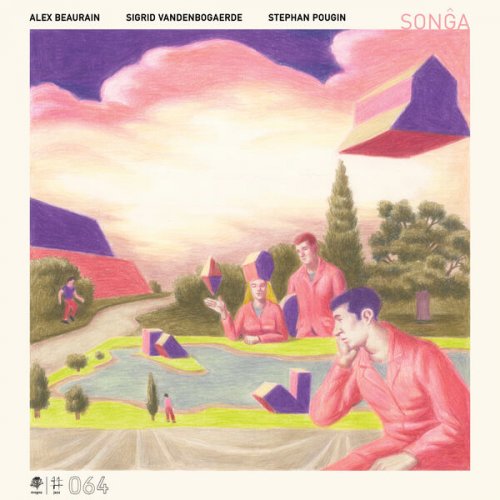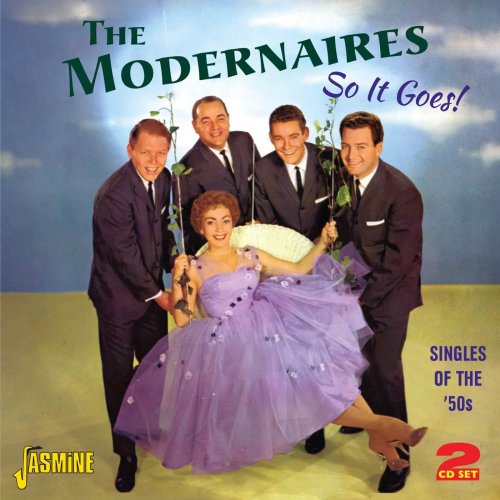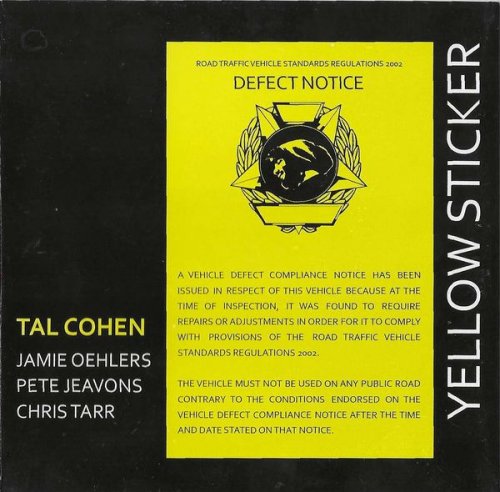The Monkees - More Of The Monkees (2020) [Hi-Res] [MQA]
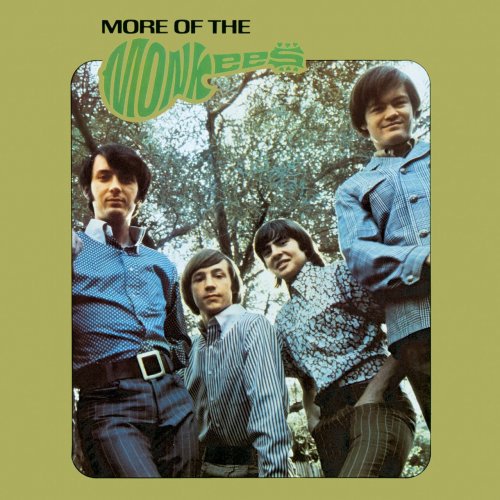
Artist: The Monkees
Title: More Of The Monkees
Year Of Release: 1967 / 2020
Label: Rhino
Genre: Pop Rock, Classic Rock
Quality: FLAC (tracks) 24/192, FLAC (tracks)
Total Time: 00:28:34
Total Size: 1 GB / 176 mb
WebSite: Album Preview
Tracklist:Title: More Of The Monkees
Year Of Release: 1967 / 2020
Label: Rhino
Genre: Pop Rock, Classic Rock
Quality: FLAC (tracks) 24/192, FLAC (tracks)
Total Time: 00:28:34
Total Size: 1 GB / 176 mb
WebSite: Album Preview
1. The Monkees - She (2:40)
2. The Monkees - When Love Comes Knockin' (At Your Door) (1:49)
3. The Monkees - Mary, Mary (2:18)
4. The Monkees - Hold on Girl (2:29)
5. The Monkees - Your Auntie Grizelda (2:31)
6. The Monkees - (I'm Not Your) Steppin' Stone (2:27)
7. The Monkees - Look Out (Here Comes Tomorrow) (2:16)
8. The Monkees - The Kind of Girl I Could Love (1:53)
9. The Monkees - The Day We Fall in Love (2:25)
10. The Monkees - Sometime in the Morning (2:30)
11. The Monkees - Laugh (2:31)
12. The Monkees - I'm a Believer (2:44)
"Hey hey, we're the Monkees/You know we love to please/A manufactured image/With no philosophies." In 1968, the Monkees addressed their own reputation in the song "Ditty Diego (War Chant)," which summed up the bad rap they'd received in the music press since they first emerged in the summer of 1966. The Monkees were talented singers, musicians, and songwriters who made a handful of the finest pop singles of their day (as well as a few first-rate albums) and delivered exciting, entertaining live shows. But they did so at a time when rock music was becoming more self-conscious and "serious," and the hipper echelons of the music press often lambasted the Monkees, largely because they didn't form organically but through the casting process for a television series, and initially they didn't write the bulk of their own material or play all the instruments on their records. However, time has ultimately vindicated the Monkees (who did take control of their creative process to create some of their best recordings) and their finest music still sounds fresh and engaging decades after it was recorded. 1966's The Monkees and 1967's More of the Monkees contained the superb assembly-line music that first made them stars, while Headquarters (also released in 1967) found them taking full control of their music and creating strong and engaging work. The Monkees brought in session players to help with the sessions for Pisces, Aquarius, Capricorn & Jones Ltd. while still calling the shots for what would be their finest album. 1968's The Birds, the Bees & the Monkees was their last truly satisfying album before the lineup began to splinter, though the soundtrack of their 1968 film Head included some of their most adventurous material amidst a patchwork of dialogue from the movie. A pair of reunion albums, 1987's Pool It! (without Michael Nesmith) and 1996's Justus (with the full original lineup) failed to capture the magic of their work of the '60s, but 2016's Good Times!, a mixture of old and new recordings that included contributions from songwriters who had grown up loving the Monkees' music, was an unexpected triumph.
The Monkees story began in the fall of 1965, when Bob Rafelson and Bert Schneider -- a pair of producers whose Raybert Productions had a deal with Columbia Pictures and their TV branch Screen Gems -- came up with an idea for a television series about a rock group. Inspired by Richard Lester's groundbreaking comedies with the Beatles, A Hard Day's Night and Help!, Rafelson and Schneider imagined a situation comedy in which a four-piece band had wacky adventures every week and occasionally burst into song. The NBC network liked the idea, and production on The Monkees began in early 1966. Don Kirshner, a music business veteran who was a top executive at Colgems Records (a label affiliated with Columbia/Screen Gems), was appointed music coordinator for the series, and Tommy Boyce and Bobby Hart, a producing and songwriting team, signed on to handle most of the day-to-day chores of creating music for the show's fictive band. A casting call went out for four young men to play the members of the group, and Rafelson and Schneider's choices for the roles were truly inspired. Michael Nesmith and Peter Tork were musicians with solid performing and recording experience who also had a flair for playing comedy, while Micky Dolenz and Davy Jones were primarily actors but had also dabbled in pop music and had strong vocal abilities. As the show went before the camera, Kirshner had Boyce and Hart take the four leads into the studio to begin recording the songs that would be featured on the show each week. While initially the cast was only going to provide vocals for material Boyce and Hart had already recorded, the producers were impressed enough with Nesmith's songwriting skills that they chose to use a few of his tunes and let him produce them. With this, the Monkees took their first step toward evolving into a proper, self-sufficient rock band.
The Monkees story began in the fall of 1965, when Bob Rafelson and Bert Schneider -- a pair of producers whose Raybert Productions had a deal with Columbia Pictures and their TV branch Screen Gems -- came up with an idea for a television series about a rock group. Inspired by Richard Lester's groundbreaking comedies with the Beatles, A Hard Day's Night and Help!, Rafelson and Schneider imagined a situation comedy in which a four-piece band had wacky adventures every week and occasionally burst into song. The NBC network liked the idea, and production on The Monkees began in early 1966. Don Kirshner, a music business veteran who was a top executive at Colgems Records (a label affiliated with Columbia/Screen Gems), was appointed music coordinator for the series, and Tommy Boyce and Bobby Hart, a producing and songwriting team, signed on to handle most of the day-to-day chores of creating music for the show's fictive band. A casting call went out for four young men to play the members of the group, and Rafelson and Schneider's choices for the roles were truly inspired. Michael Nesmith and Peter Tork were musicians with solid performing and recording experience who also had a flair for playing comedy, while Micky Dolenz and Davy Jones were primarily actors but had also dabbled in pop music and had strong vocal abilities. As the show went before the camera, Kirshner had Boyce and Hart take the four leads into the studio to begin recording the songs that would be featured on the show each week. While initially the cast was only going to provide vocals for material Boyce and Hart had already recorded, the producers were impressed enough with Nesmith's songwriting skills that they chose to use a few of his tunes and let him produce them. With this, the Monkees took their first step toward evolving into a proper, self-sufficient rock band.
Download Link Isra.Cloud
The Monkees - More Of The Monkees (2020) [Hi-Res] [MQA]
The Monkees - More Of The Monkees (2020)
My blog
The Monkees - More Of The Monkees (2020) [Hi-Res] [MQA]
The Monkees - More Of The Monkees (2020)
My blog
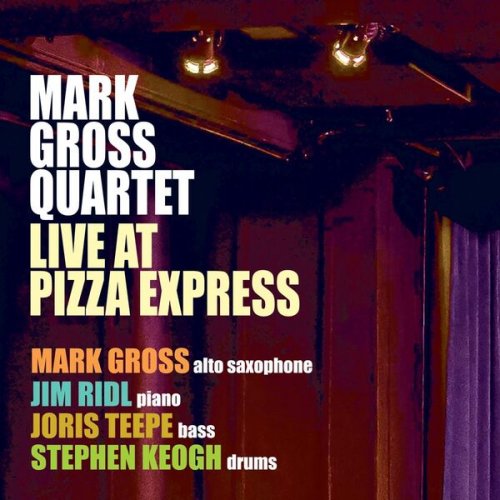


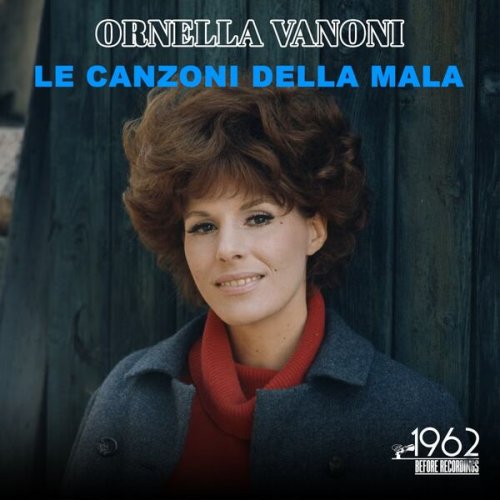
![NYO Jazz - Live in Johannesburg (Live) (2025) [Hi-Res] NYO Jazz - Live in Johannesburg (Live) (2025) [Hi-Res]](https://www.dibpic.com/uploads/posts/2025-12/1765894703_zwp14vk90corb_600.jpg)
